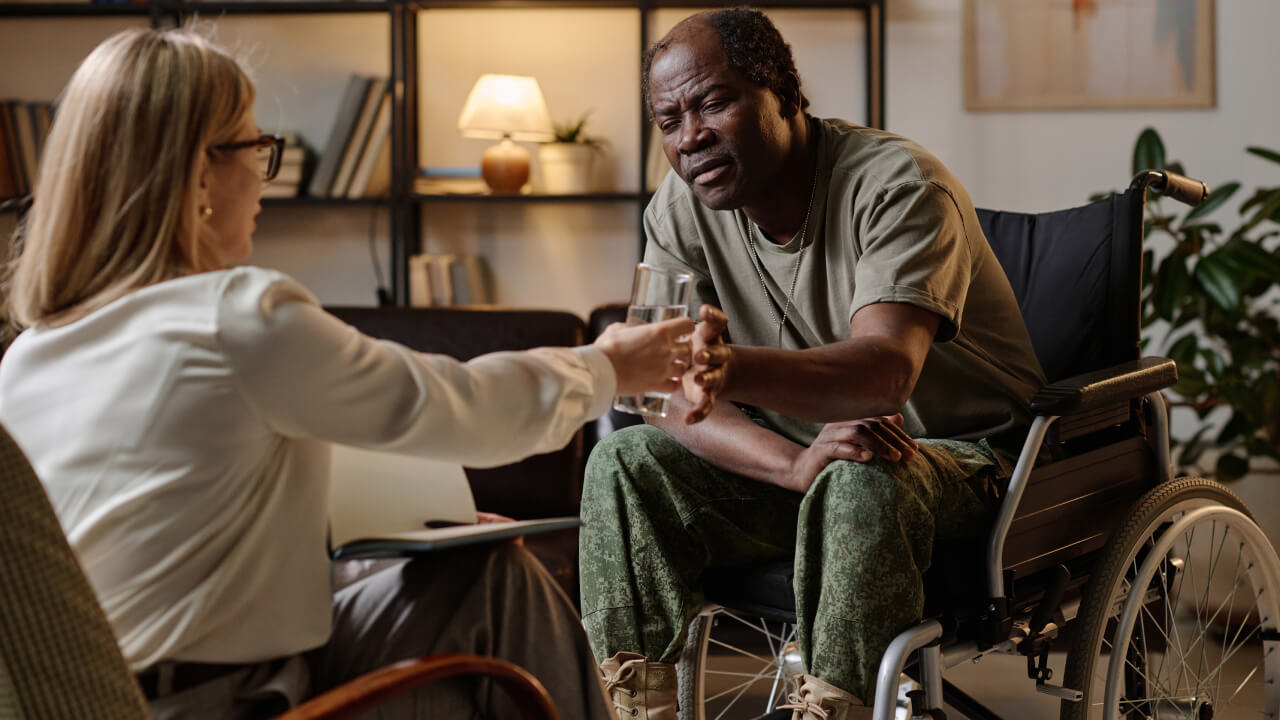When you’re evaluating a ptsd recovery and stabilization program, you need a solution that addresses emotional regulation, interpersonal relationships, and physical well-being in tandem. Trauma impacts every aspect of your life—how you think, how you feel, and how you connect with others—so choosing a comprehensive program is crucial. By working with specialists in ptsd therapy for adults who integrate evidence-based methods like EMDR, CBT, and DBT, you can build stability, resilience, and lasting recovery.
Understand trauma impact
Emotional regulation challenges
Trauma hijacks the nervous system, making ordinary stressors feel overwhelming. You might experience sudden mood swings, difficulty calming yourself, or persistent anxiety. When everyday events trigger intense fear or anger, it’s a sign that your emotional regulation needs rebuilding.
Effects on relationships
Unprocessed trauma can strain connections with loved ones. You may withdraw to avoid conflict, feel detached in close relationships, or become hypersensitive to perceived criticism. This isolation perpetuates a cycle of shame and mistrust, underlining the need for a supportive environment.
Physical health consequences
Chronic stress from trauma affects your body too. Headaches, muscle tension, sleep disturbances, and gastrointestinal problems often accompany untreated PTSD. A program that integrates mind-body practices can help you restore balance and reduce these physical symptoms.
Explore treatment foundations
Trauma-informed care approach
A trauma-informed therapy program recognizes the widespread impact of trauma and emphasizes safety, choice, collaboration, and empowerment. You’ll work with providers who:
- Acknowledge trauma’s role in your life
- Offer consistent emotional and physical safety
- Invite your input on treatment goals
- Foster trust and transparency
This foundation sets the stage for deeper healing.
Evidence-based therapies
Therapies like EMDR, CBT, and DBT form the backbone of a robust recovery plan. Each has unique strengths:
| Therapy modality | Primary focus | Typical duration | Insurance insights |
|---|---|---|---|
| EMDR | Processing traumatic memories | 6–12 sessions | Often covered when medically necessary (OPEN EMDR) |
| CBT | Restructuring thought patterns | 12–20 sessions | Widely accepted by insurers for PTSD |
| DBT | Building distress-tolerance skills | 6–12 months (group + individual) | Coverage varies by plan and network |
EMDR therapy benefits
EMDR uses guided eye movements and bilateral stimulation to reprocess distressing memories, transforming how they affect you. The American Psychological Association recognizes it as effective for PTSD and trauma-related conditions. Learn more about emdr therapy for adults.
CBT and DBT integration
CBT teaches you to identify and challenge unhelpful thoughts, while DBT builds coping skills for intense emotions. Combined with EMDR, these approaches offer a multifaceted path to stabilization.
Holistic healing modalities
Beyond talk therapy, holistic methods support mind and body:
- Yoga and tai chi for nervous system regulation
- Mindfulness meditation to cultivate present-moment awareness
- Art and music therapy for nonverbal expression
- Nutritional support to restore biochemical balance
By weaving these practices into your program, you address trauma’s full spectrum of effects.
Examine insurance coverage
Therapist credentialing and networks
Most major insurers cover EMDR and other psychotherapy when the provider is in-network and the treatment is deemed medically necessary. You’ll want to confirm:
- Your therapist’s credentials (licensed psychologist, social worker, or counselor)
- Network status to minimize out-of-pocket costs
Preauthorization and approvals
Insurance companies often require preauthorization. Your therapist or physician must submit documentation—including a diagnosis aligned with DSM-5 criteria and a treatment plan—to secure coverage. If a claim is denied, you can appeal with:
- Progress notes demonstrating improvement
- Letters of medical necessity
- Research supporting treatment efficacy
Cost considerations and payment assistance
Even with insurance, copays or coinsurance may apply. Here are options to ease financial strain:
- Sliding-scale fees based on income
- Grants or scholarships for mental health care (SAMHSA)
- Payment plans offered by larger centers or hospitals
- Virtual EMDR programs like OPEN EMDR at $10/month for self-guided work
For more on insurance-friendly options, explore our trauma recovery program that accepts insurance and outpatient trauma therapy that accepts insurance.
Evaluate program features
Individualized treatment plans
Your journey is unique, so your plan should be too. A top-tier program will assess:
- Trauma history and symptom severity
- Co-occurring mental health conditions
- Personal strengths and coping resources
- Goals for stabilization and long-term recovery
From there, you’ll receive tailored interventions that evolve as you progress.
Stabilization and coping skills
Early in recovery, the focus is on safety and self-regulation. You’ll learn:
- Breath-work and grounding techniques
- Emotion-regulation strategies from DBT
- Cognitive reframing tools from CBT
These skills reduce re-traumatization risk and lay the groundwork for deeper therapy.
Supportive environment and community
Healing happens in connection. Look for programs that foster peer support through:
- Group therapy sessions
- Peer mentorship and alumni networks
- Family education and involvement opportunities
A sense of belonging combats shame and reinforces accountability.
Choose the right program
Assess accreditation and credentials
Verify that the facility is accredited by recognized bodies, such as The Joint Commission or CARF International. Check that staff members hold specialized training in trauma-focused therapies.
Review therapy offerings
Does the program integrate EMDR, CBT, and DBT? Are holistic services like yoga, mindfulness, and nutritional counseling available? A well-rounded menu ensures you get the right mix for your needs.
Verify insurance acceptance
Before committing, confirm that your plan covers the program’s services. Speak with your insurance coordinator and request a benefits summary. If coverage is limited, explore hybrid models—combining residential stays with outpatient follow-up.
Compare residential and outpatient options
| Feature | Residential program | Outpatient program |
|---|---|---|
| Intensity | 24/7 support | Scheduled sessions |
| Community immersion | Daily group activities and peer support | Group meetings plus independent practice |
| Insurance coverage | Varies by length of stay and preauthorization | Typically covers individual and group therapy |
| Ideal for | Severe symptoms and need for stabilization | Mild to moderate symptoms; logistical constraints |
For in-depth care, consider a residential trauma recovery program. If you need flexibility, an outpatient track may be best.
Take next steps
Your path to lasting recovery begins with informed choices. Reach out to Centered Health to discuss your unique situation, verify insurance benefits, and design a personalized plan that blends EMDR, CBT, DBT, and holistic healing. With structured support, you can reclaim stability, strengthen relationships, and rebuild your life beyond trauma.










